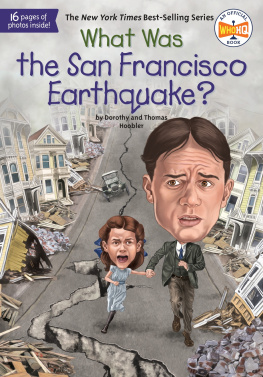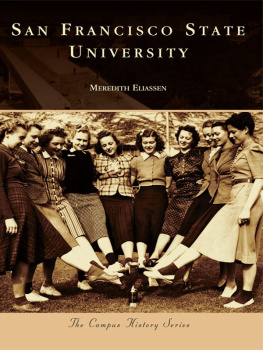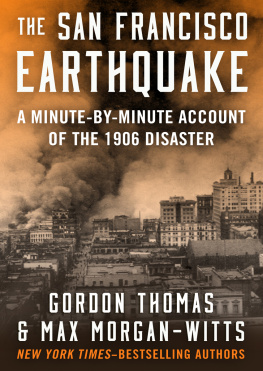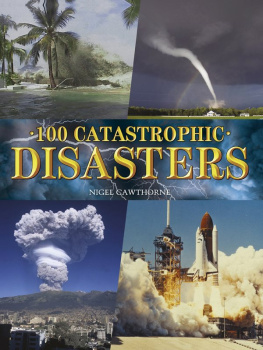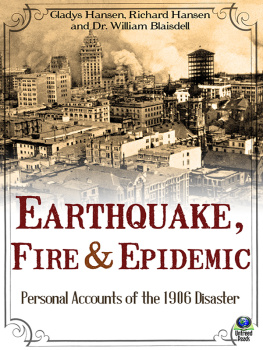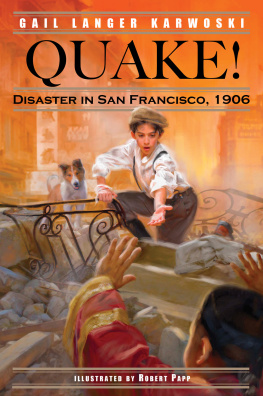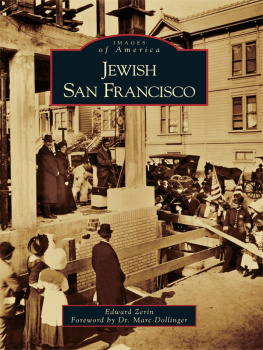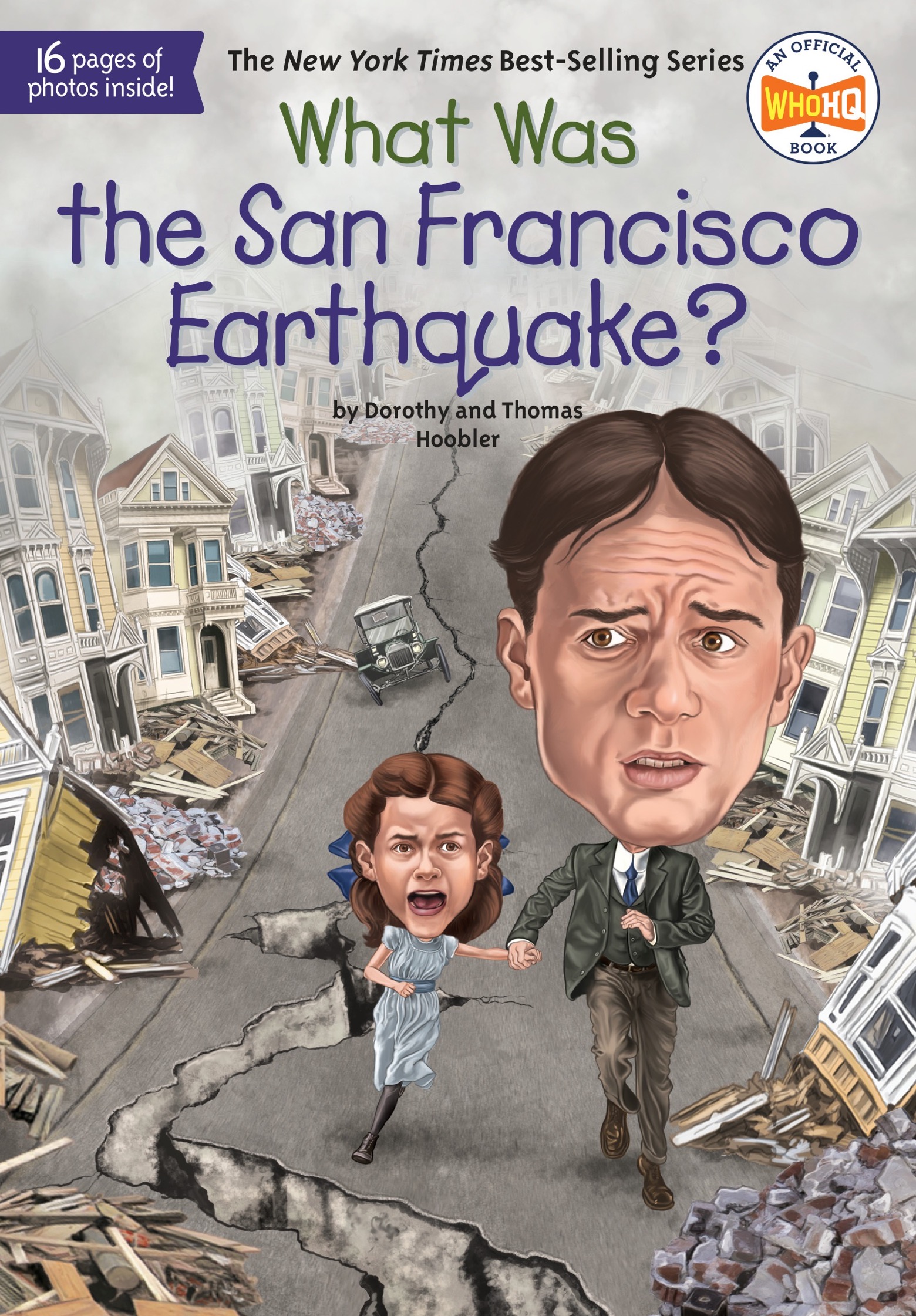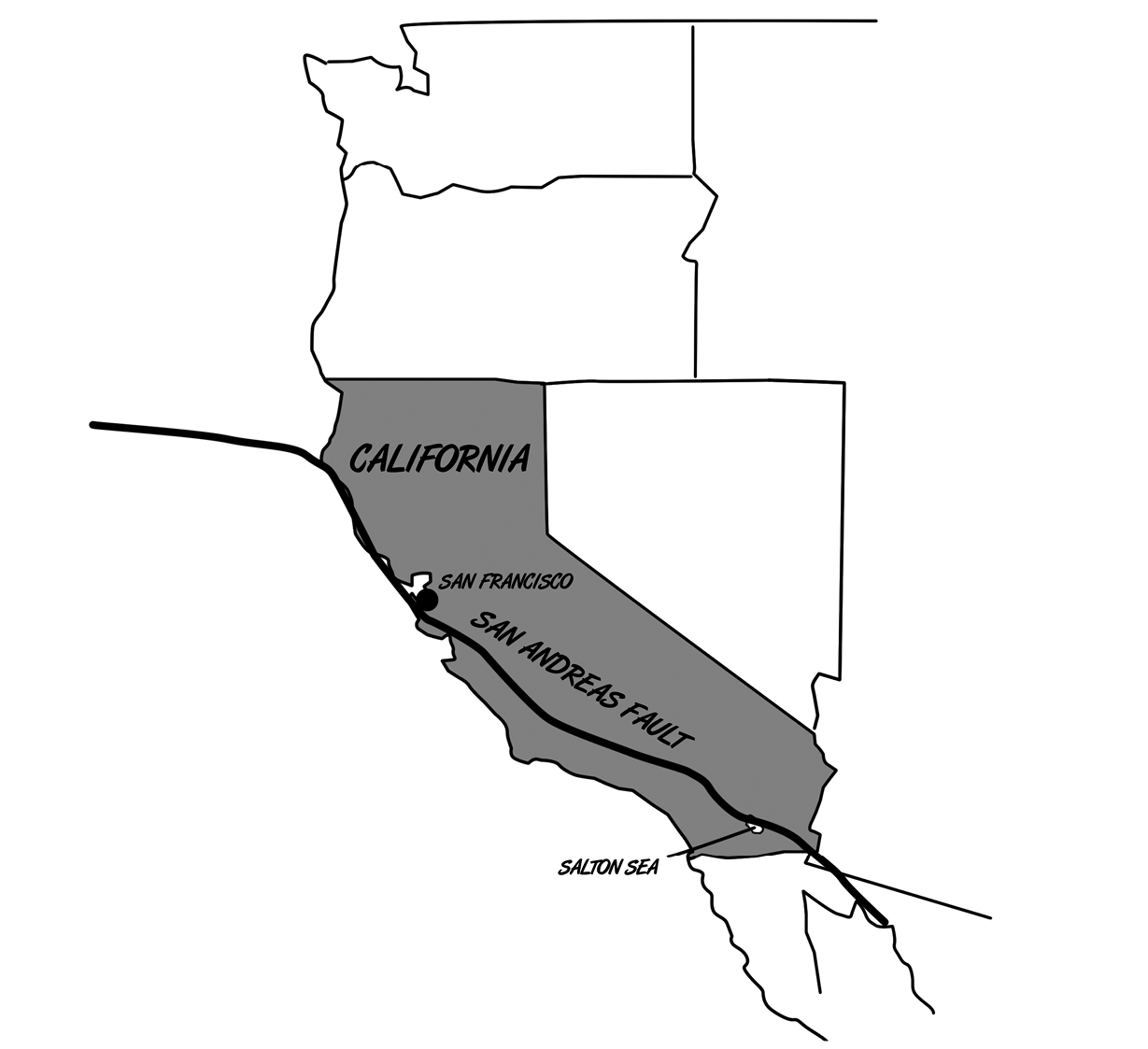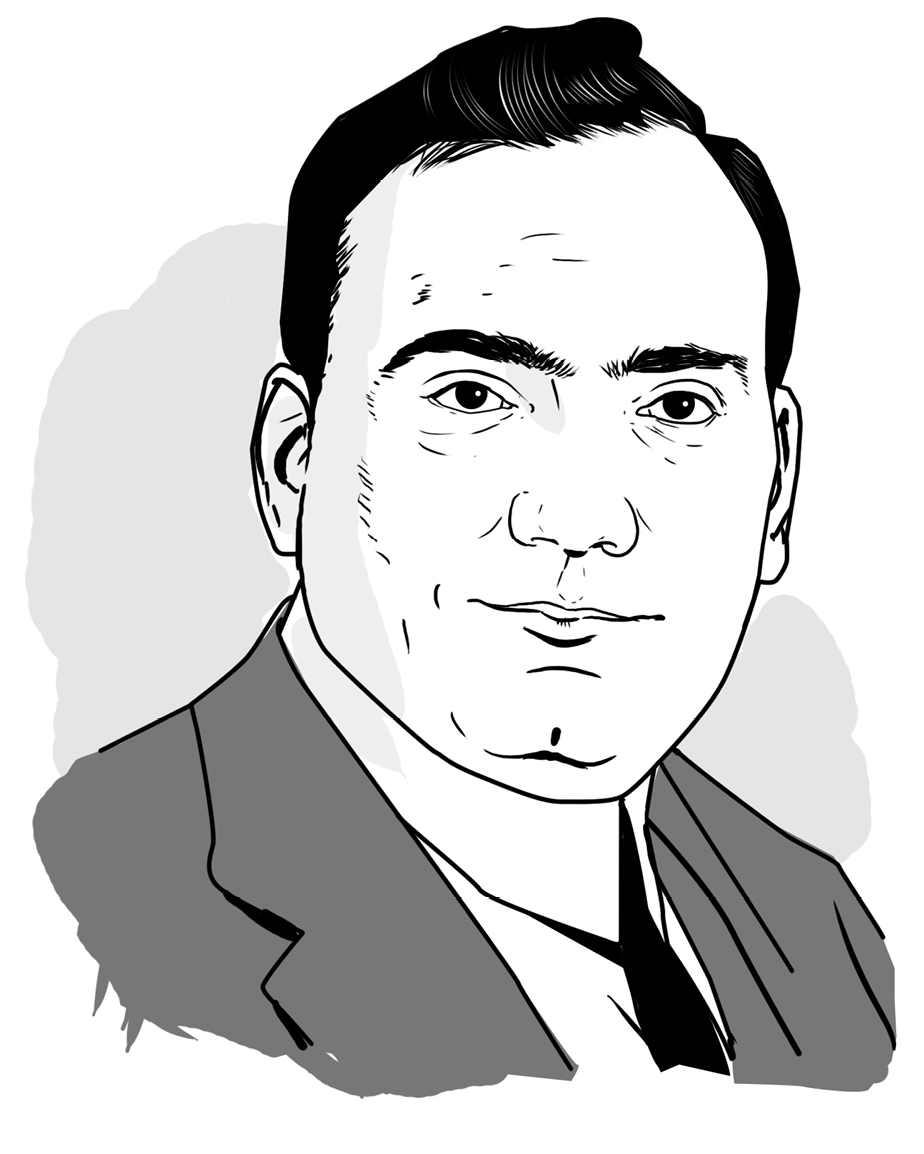Our sincere thanks to the New York Society Library for allowing us to use their collectionDH and TH
For my momTH
PENGUIN WORKSHOP
An Imprint of Penguin Random House LLC, New York

Penguin supports copyright. Copyright fuels creativity, encourages diverse voices, promotes free speech, and creates a vibrant culture. Thank you for buying an authorized edition of this book and for complying with copyright laws by not reproducing, scanning, or distributing any part of it in any form without permission. You are supporting writers and allowing Penguin to continue to publish books for every reader.
The publisher does not have any control over and does not assume any responsibility for author or third-party websites or their content.
Text copyright 2016 by Dorothy and Thomas Hoobler. Illustrations copyright 2016 by Penguin Random House LLC. All rights reserved. Published by Penguin Workshop, an imprint of Penguin Random House LLC, New York. PENGUIN and PENGUIN WORKSHOP are trademarks of Penguin Books Ltd. WHO HQ & Design is a registered trademark of Penguin Random House LLC. Printed in the USA.
Visit us online at www.penguinrandomhouse.com.
Library of Congress Control Number: 2016033767
Ebook ISBN: 9780399542138
Version_2
Contents
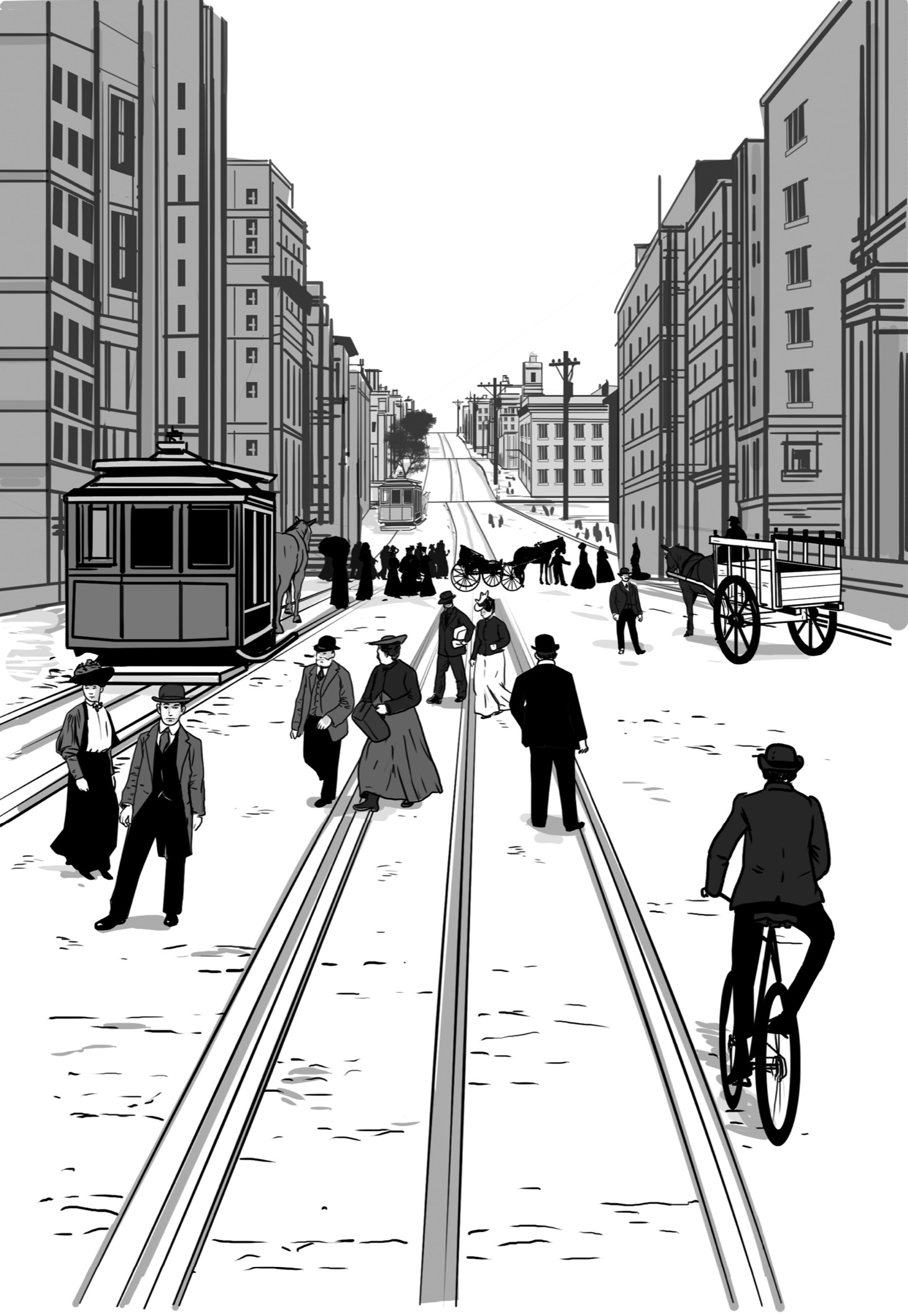
What Was the San Francisco Earthquake?
On April 18, 1906, at 5:12 a.m., an earthquake ripped through the city of San Francisco. It lasted only forty-seven seconds. But it tore apart hundreds of buildings and streets. Many people were killed in their beds when their houses collapsed. More were injured and would die later. Estimates of the number of people killed range from eight hundred to three thousand.
It was the worst natural disaster in United States history, up to that time. The earthquake caused fires that burned for three days and nights. That led to even more damage and loss of life. About three-quarters of the citys buildings were lost.
In 1906, San Francisco was the greatest American city west of the Mississippi River. It had a population of around four hundred thousand. Surrounded on three sides by water, it was the countrys most important Pacific Ocean port. Ships brought fine silks and tea from Asia. Californias farm products moved from the port to other countries.
San Francisco had the worlds first cable-car system. It carried people up and down the steep hills. But there were no bridges yet connecting San Francisco to nearby cities. Ferries took people across San Francisco Bay to Oakland and Alameda.
The city had many famous neighborhoods, from wealthy Nob Hill to the rowdy center of nightlife called the Barbary Coast. Chinatown was one of the citys oldest neighborhoods. It had the largest Asian-born population in the nation.
Earthquakes had rocked San Francisco before the big one hit. They kept happening because of San Franciscos location. It sits over the San Andreas Fault. The fault is a giant underground crack about 810 miles long. It runs from Humboldt County, California, past the Salton Sea near San Diego. The fault marks the place where two huge tectonic plates meetthe Pacific Plate and the North American Plate.
The earths crust is made up of many tectonic plates that all move slowly. The Pacific Plate lies under the Pacific Ocean. It heads northwest. The North American Plate moves in the opposite direction.
An earthquake occurs when two plates collide. Pressure builds up over time. Then, the plates suddenly slip and move very fast. Theres no way to tell exactly when this will happen.
No one in San Francisco was expecting so great a disaster.
Richter Scale
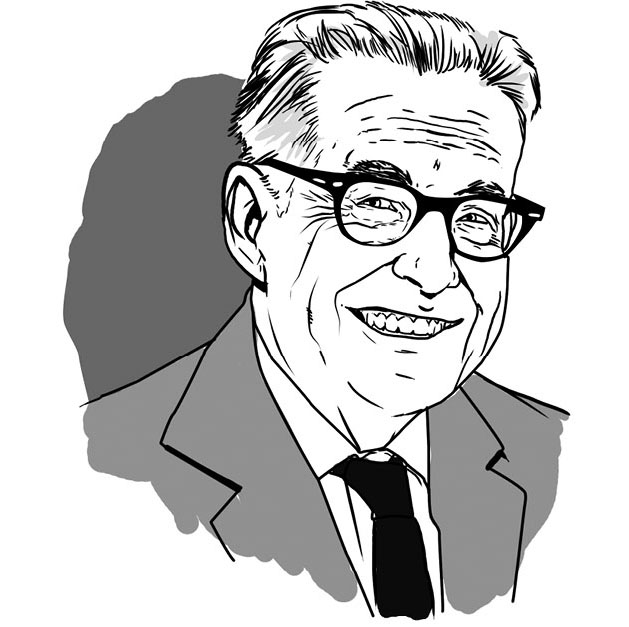
Charles Richter
There was no scale to measure the strength of earthquakes in 1906. In 1935, Charles F. Richter came up with a number scale to describe their force. The scale generally runs from zero to ten. Zero is for no earthquake. After zero, each whole number on the scale represents an earthquake ten times stronger than the number before it. So an earthquake measuring 2.0 is ten times as terrible as one measuring 1.0. Any earthquake above 9.0 destroys nearly all buildings. Based on the damage caused by the 1906 San Francisco earthquake, Richter thought it was an 8.3. (Current technology would probably measure it as a 7.8.)
CHAPTER 1
The Eve of Destruction
April 17, 1906
The night before the earthquake struck was an important one for San Francisco. The world-famous singer Enrico Caruso was performing at the Tivoli Opera House. Caruso only appeared in big cities, ones that could pay his fee.
Ticket holders arrived at the theater in fancy dress. Men wore tuxedos. The women had on elegant gowns and jeweled dog collar necklacesthe latest fashion.
Carusos voice delighted the audience. The applause went on so long that he took nine curtain calls. No one could have guessed that the beautiful opera house would soon be a burned-out shell.

The Great Caruso
Enrico Caruso was born in Naples in 1873. He first learned to sing in a church choir. His family was poor, so Enrico earned money singing in the street. In his teens, he was hired to sing at cafs and parties. He bought his first pair of new shoes at age eighteen.
Ambitious, he took voice lessons and first appeared onstage at age twenty-two. Five years later, he had a role at Italys most famous opera house, La Scala. He agreed to make records for the phonograph, a new invention. When people heard them, offers came in from all over the world. In 1903, he sang at the Metropolitan Opera in New York City. He charged up to $10,000 for an appearance. This was a fabulous amount of money at the time.
Record sales made Caruso a millionaire. He loved fine clothes, and traveled with many trunkfuls of them. During World War I, he sang at charity events for free. Worn out from his active life, he died in 1921. But his wonderful voice lives on, even today, in the records he made.
San Francisco had many restaurants that stayed open very late. Caruso went to one that served his favorite pasta. He did not return to his room at the Palace Hotel until after 3:00 a.m.
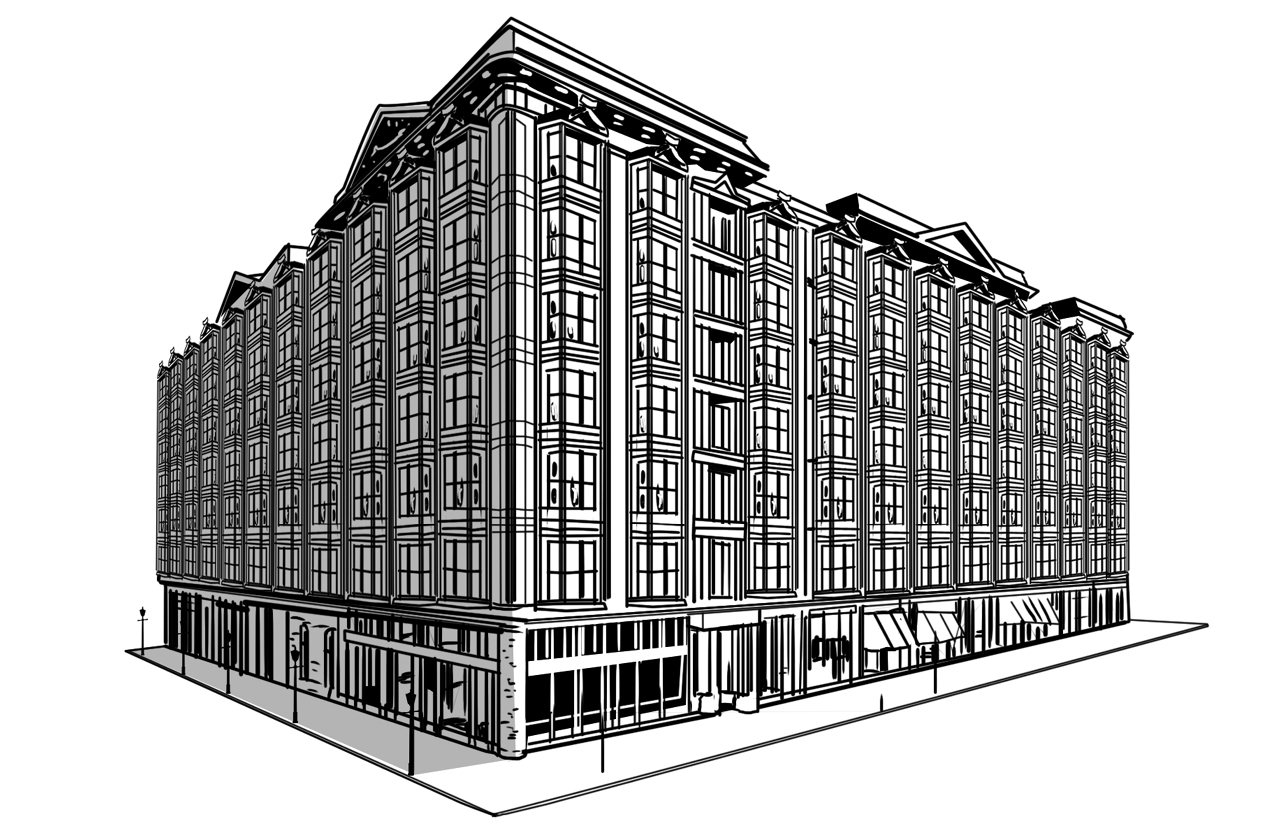
The Palace Hotel
Others also were up late that night, but not for fun. For firefighters, it was their job to be on duty.
A fire broke out in a warehouse around 11:00 p.m. The fire department responded within minutes. A special alarm system had recently been set up. The bells rang out a code that told exactly where the fire was located.

